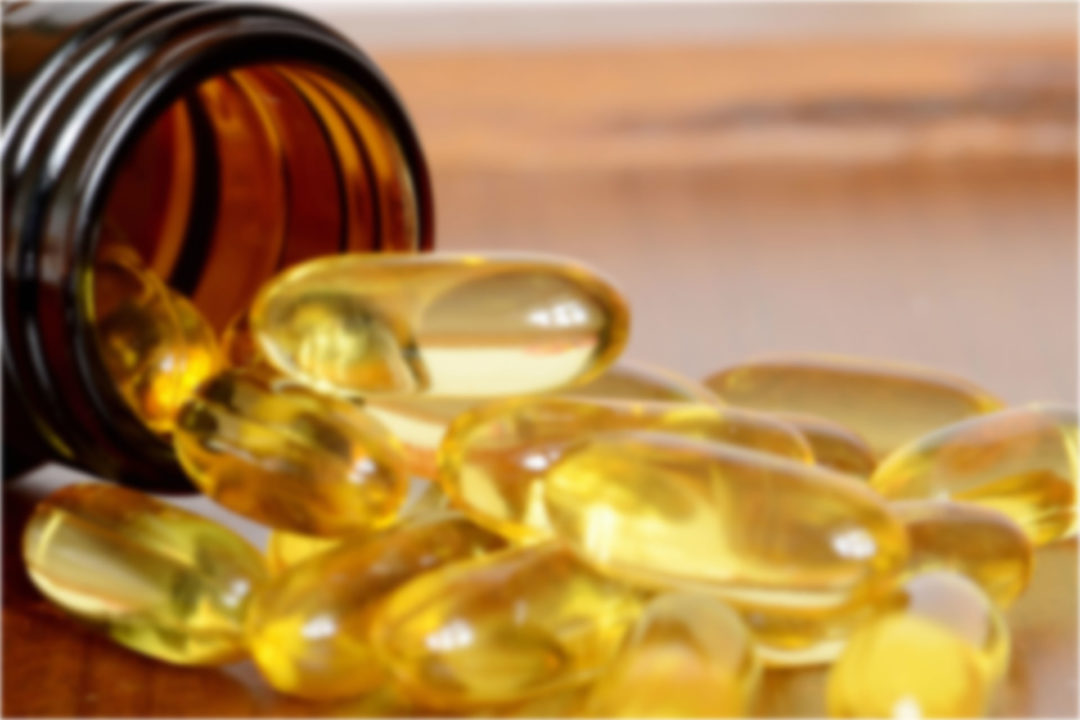Thestudy, “An Increase in Dietary Supplement Exposures Reported to US Poison Control Centers,” reported that U.S. Poison Control Centers receive a call every 24 minutes, regarding exposure to a supplement. The study was conducted by Center for Injury Research and Policy and the Central Ohio Poison Center, both at Nationwide Children's Hospital.
The study found the rate of calls regarding dietary supplement exposures increased by 46.1% during 2000 to 2002, decreased 8.8% during 2002 to 2005 and increased again by 49.3% from 2005 to 2012. The decrease from 2002 to 2005 most likely resulted from the FDA's ban of the botanical stimulant ma huang previously found in some dietary supplements, according toScience Daily.
The dietary supplements with the highest proportion of serious medical outcomes were energy products, botanical and cultural medicines, researchers reported. Within the botanical category, yohimbe accounted for the largest proportion of serious medical outcomes at 28.2%.
“Adverse events from supplements are extremely low given their widespread usage, and most of these are the result of three factors: accidents, people not consulting with their doctor, or misuse of a product combined with other health factors. Supplements are safe, which is why millions of Americans use them every day,” said Dan Fabricant, Ph.D., President and CEO of NPA. “The laws that regulate supplements require official reporting of adverse events so that the regulators, the health care community and others can review the data and make informed public policy decisions.”
Specifically, NPA pointed out:
- Poison Center (PC) data does not automatically imply causality between ingestion of the ingredient in the product and appearance of symptom and clinical signs. According to the FDA’s own CAERS database, which collects mandatory serious adverse events for dietary supplements, CAERS cases are not automatically considered causal. A temporal relationship between the product and event has to be established which it wasn’t for any of the PC data.
- Regarding children-resistant packaging, currently, dietary supplements containing 250 mg or more of elemental iron in a concentration of 0.025% or more on a weight-to-volume basis for liquids and 0.05% on a weight-to-weight basis for non-liquids – must have child-resistant packaging due to the potential for child poisoning in those less than 6 years of age.
- It’s unclear how children under 6 gained access to products with child resistant packaging. While it’s always concerning anytime a child appears ill, if packages aren’t properly stored in their appropriate containers, that is the responsibility of the user of the product not the manufacturer. According to the study, 70% of the exposure calls involved children under age 6 and were unintentional.
NPA said adverse event reporting is significantly higher for other products:
- Every 21 seconds someone calls Poison Control because of a medication error, according to a study published in Clinical Toxicology that analyzed calls to Poison Control Centers across the country over a 13-year period which resulted in serious medical outcomes.
- CDC estimates that each year roughly 1 in 6 Americans (or 48 million people) gets sick, 128,000 are hospitalized, and 3,000 die of foodborne diseases.










